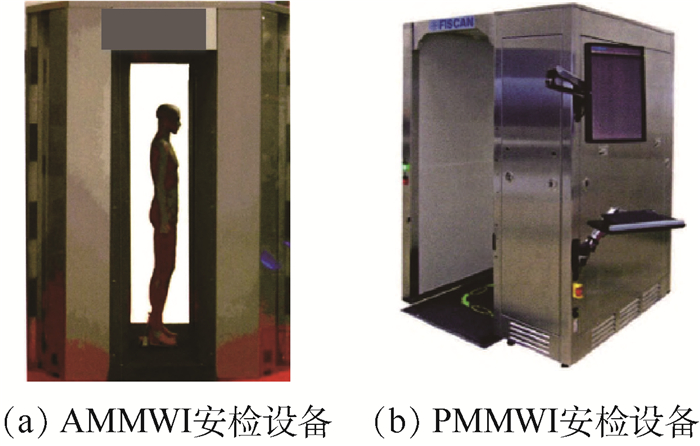Array jet impingement cooling technology can effectively solve the heat dissipation problem of high heat flux devices. In order to verify the effectiveness of heat transfer enhancement on the impacted surface for optimizing cooling performance of two-phase jet cooling, this article studied the effects of different pin-finned surface structures on the flow and heat transfer characteristics of confined array jet cooling combined with high-speed microscopic imaging methods. Two kinds of pin-finned surface morphology were designed:smooth cutting needle rib (0.6 mm×0.6 mm×1.0 mm) and rough needle rib with porous sintered layer (particle size 73~53 μm). In the experiment, jet cooling heat sink with smooth surface was used as the control group, anhydrous ethanol was used as the working medium, and all the inlet temperatures were the same (20℃). When the flow rate is 7.5 mL/s and the heating heat flux increases from 5 W/cm2 to 100 W/cm2, the heat transfer coefficient of the heat sink continues to increase but the increase rate gradually decreases, and no phase change is observed. Under the experimental conditions of changing the fluid flow rate (fluid Reynold number) with fixed heat flux 82.6 W/cm2, 80.5 W/cm2, when the flow rate decreases from 7.5 mL/s to 1.0mL/s, it can be clearly observed that the working fluid in the jet cavity gradually enters bubble flow, slug flow and annular flow from stratified turbulence flow, which correspond to the initial boiling zone, nuclear boiling zone and membrane boiling zone, respectively.





